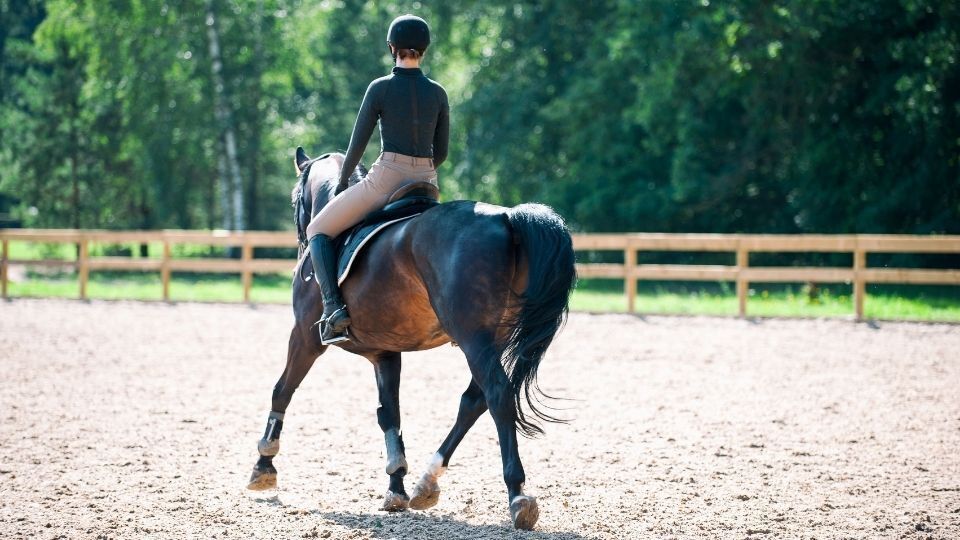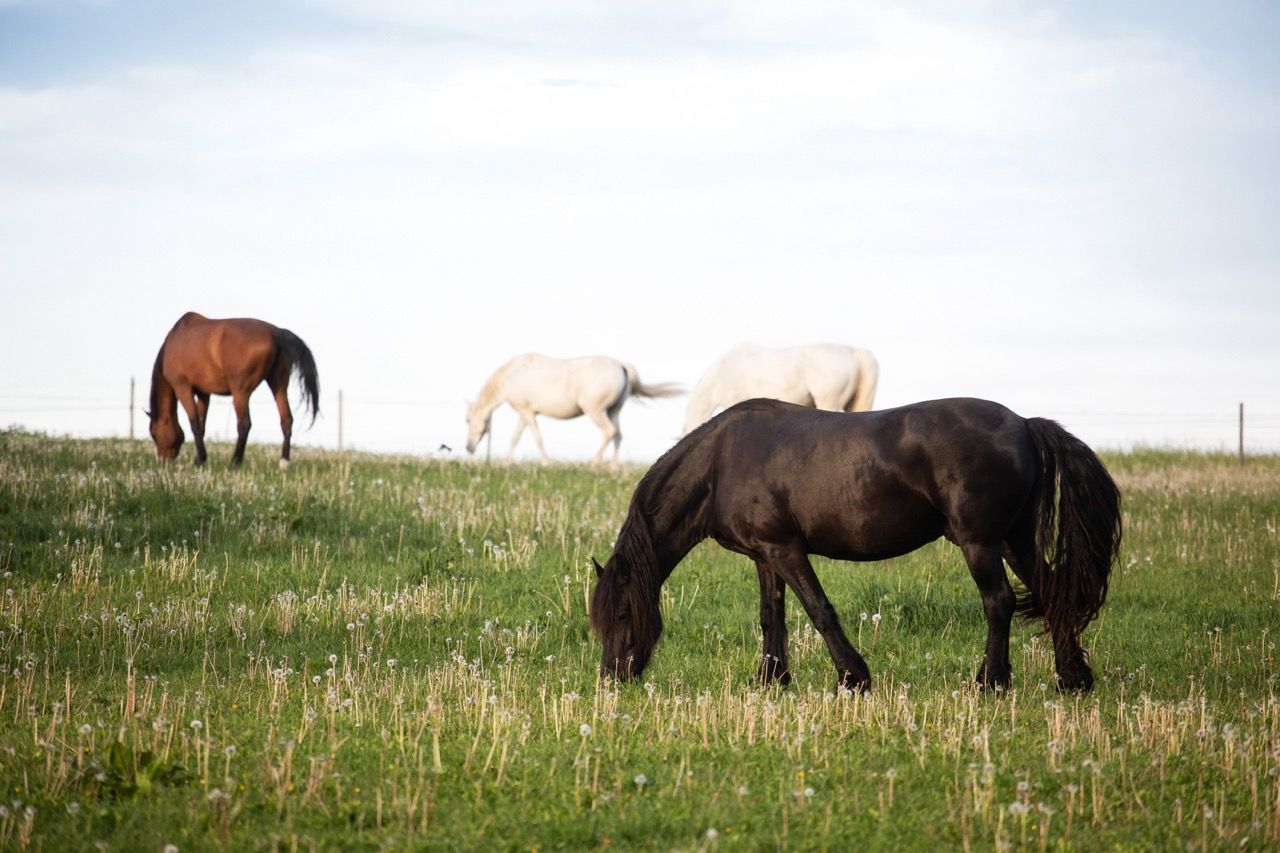Improve Your Horse’s Fitness Without Risking Injuries

Improving your horse’s fitness will help them perform better. But there are some common pitfalls that can easily cause injuries.
If your horse has been off training due to rest or previous injury, it’s crucial to gradually reintroduce them to work. Start with ‘roadwork’—which can be on trails or in the woods, not necessarily on roads. Avoid arenas, as repetitive small turns can strain muscles, ligaments, and tendons.
Cecilia Lönell is a Veterinary and Ms/Dr of Swedish University of Agricultural Sciences, and the author of the book Sport Horse Soundness and Performance (2017). Her research shows that this gradual build up should last longer than most of us realize.
How do I safely return my horse to training after rest?
For a horse that’s been out of training, you should plan for an 8-12 week buildup. In the first month, focus on walking 6 days a week. After that, slowly introduce trotting while continuing roadwork.
A common mistake is increasing training intensity too fast. While your horse’s heart, lungs, and muscles adapt quickly, bones, joints, tendons, and ligaments take longer to strengthen. This mismatch increases the risk of injury. Research confirms that ramping up cardio too quickly raises injury risks (Lönell, C 2017).
Even a change in riding discipline, like switching from dressage to jumping, requires a slow buildup—regardless of cardio load.
Keep track of your training
To make any transition in training load easier and more consistent for your horse, we recommend logging each training session in the Ridely app. There you can see your patterns and hold yourself accountable. You can also note which type of surface you’ve been training on (launching mid-October 2024), to make sure you keep your training well-balanced.
What surfaces are best for preventing injury?
The type of surface you ride on is important. Varying the surface you ride on is key to injury prevention. Riding outside the arena—like on trails—has been linked to fewer injuries (Lönell, C 2017).
The risk increases with speed, so while walking or trotting on harder surfaces is fine, avoid cantering on them. Deep surfaces are particularly tough on horses and can lead to injury if they’re not accustomed to it. When muscles fatigue on deep footing, they can’t protect ligaments and tendons as effectively, increasing injury risks.
Want to learn more?
For deeper insights into sustainable horse training, check out Cecilia Lönell’s book, Sport Horse Soundness and Performance. Remember, Ridely offers this as advice, and you should consult your vet for guidance specific to your horse’s needs.



